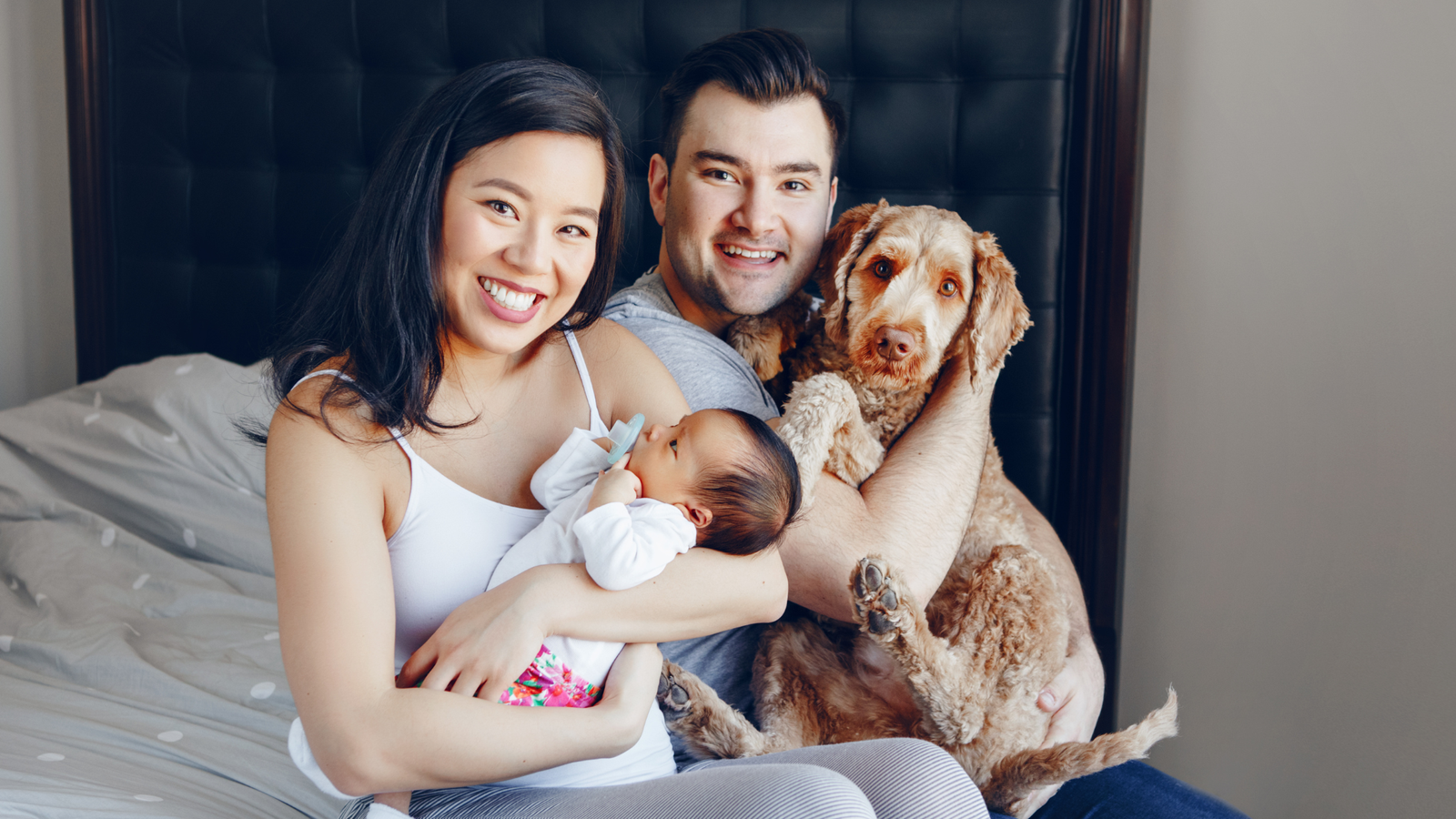
Introducing Your Pet to a New Baby: A Step-by-Step Guide
Bringing a new baby home is a monumental life change. It’s a time of immense joy, but for expectant parents with a beloved pet, it can also be a source of anxiety. How will your furry family member react to this new, tiny human who is suddenly the center of attention? The key to a smooth transition and a harmonious household is preparation. Instead of hoping for the best, a planned and gradual approach can set the stage for a loving relationship between your pet and baby. This step-by-step guide on introducing your pet to a new baby will walk you through the essential preparations and the big day itself to ensure everyone feels safe, comfortable, and included.
Phase 1: Preparation is Key (Months Before the Baby Arrives)
The journey to a successful introduction begins long before the baby is born. The goal of this phase is to gradually acclimate your pet to the changes that are coming to their world.
- Adjust Their Routine: Your pet’s routine is about to change. If you plan to adjust their feeding times, walking schedule, or sleeping arrangements, start doing so now. This way, the changes won’t be associated with the baby’s arrival.
- Introduce Baby Sounds and Smells: Start playing recordings of baby sounds—crying, cooing, and babbling—at a low volume. This helps your pet get used to the new sounds. You can also bring home baby-scented lotions or powders and let your pet sniff them.
- Create “Baby-Only” Zones: Set up the nursery and other baby-only areas well in advance. Use baby gates to establish boundaries and allow your pet to explore the new furniture and toys under supervision. This is a great way to start creating a Creating a Pet and Kid-Friendly Home Without Sacrificing Style early on.
- Practice with a Doll: Use a doll to simulate holding a baby. Practice walking around with it, talking to it, and setting it down. This helps your pet get used to seeing you hold something different and the new body language you’ll be using.
Phase 2: The First Scent Exchange (Before the Introduction)
The first meeting should not happen the moment you walk in the door. The first and most important introduction is through scent.
- Bring Home a Baby Blanket: While you are still at the hospital, have your partner or a family member take a blanket or an item of clothing that the baby has used back to your home.
- Let Your Pet Sniff It: Present the blanket to your pet in a calm, controlled environment. Allow them to sniff and investigate it without rushing them. Praise them for calm behavior. This helps them associate the new baby’s scent with something positive.
Phase 3: The First Meeting (The Big Day)
The day you bring your baby home is exciting, but it’s crucial to manage the environment and expectations for this first face-to-face meeting.
- Keep It Calm: When you first arrive home, have your partner take the baby inside while you greet your pet alone. Give them attention, talk to them calmly, and allow them to feel welcomed back into the home. Your pet has missed you, and this reunion is important.
- The Controlled Introduction: With your partner holding the baby, or the baby in a car seat, bring your pet into the room on a leash. This gives you control and prevents any impulsive behavior. Keep the introduction short and sweet, and continue to praise your pet for calm behavior. Do not force interaction.
- The Scent is Key: Let your pet sniff the baby’s feet while you maintain control of the leash. This is a great way for them to get to know the baby’s scent without overwhelming them.
Phase 4: Life After the Introduction
The introduction is just the beginning. The real work is about integrating the baby and pet into a single, cohesive family unit.
- Supervise All Interactions: Never leave your baby and pet alone together, no matter how much you trust your pet. This is the most important rule of pet and baby safety.
- Include Your Pet in Baby Activities: As the baby gets older, include your pet in daily activities. For example, during tummy time on the floor, let your pet be in the room with you (but keep them at a safe distance). Talk to your pet while you change a diaper or give your baby a bottle. This helps your pet feel included and not forgotten.
- Give Them a “Safe Zone”: Your pet needs a place where they can retreat from the chaos of a busy household. This could be a crate, a bed in another room, or an elevated cat tree. This safe zone is crucial for their mental health and prevents them from becoming overwhelmed.
- Positive Reinforcement: Continue to reward your pet with praise, treats, and affection for calm and positive behavior around the baby. A small, consistent reward system can build positive associations with the new family member. For more on positive reinforcement, you can learn about how to apply it in everyday life by checking out our other blog posts like Morning Routines That Boost Energy for Parents and Pet Owners.
Introducing a new baby to a pet is a process, not a single event. With patience, planning, and positive reinforcement, you can ensure a safe and loving relationship for every member of your family. By following this step-by-step guide, you’re not just adding a new member to the family, you’re building a new and beautiful dynamic for years to come.


